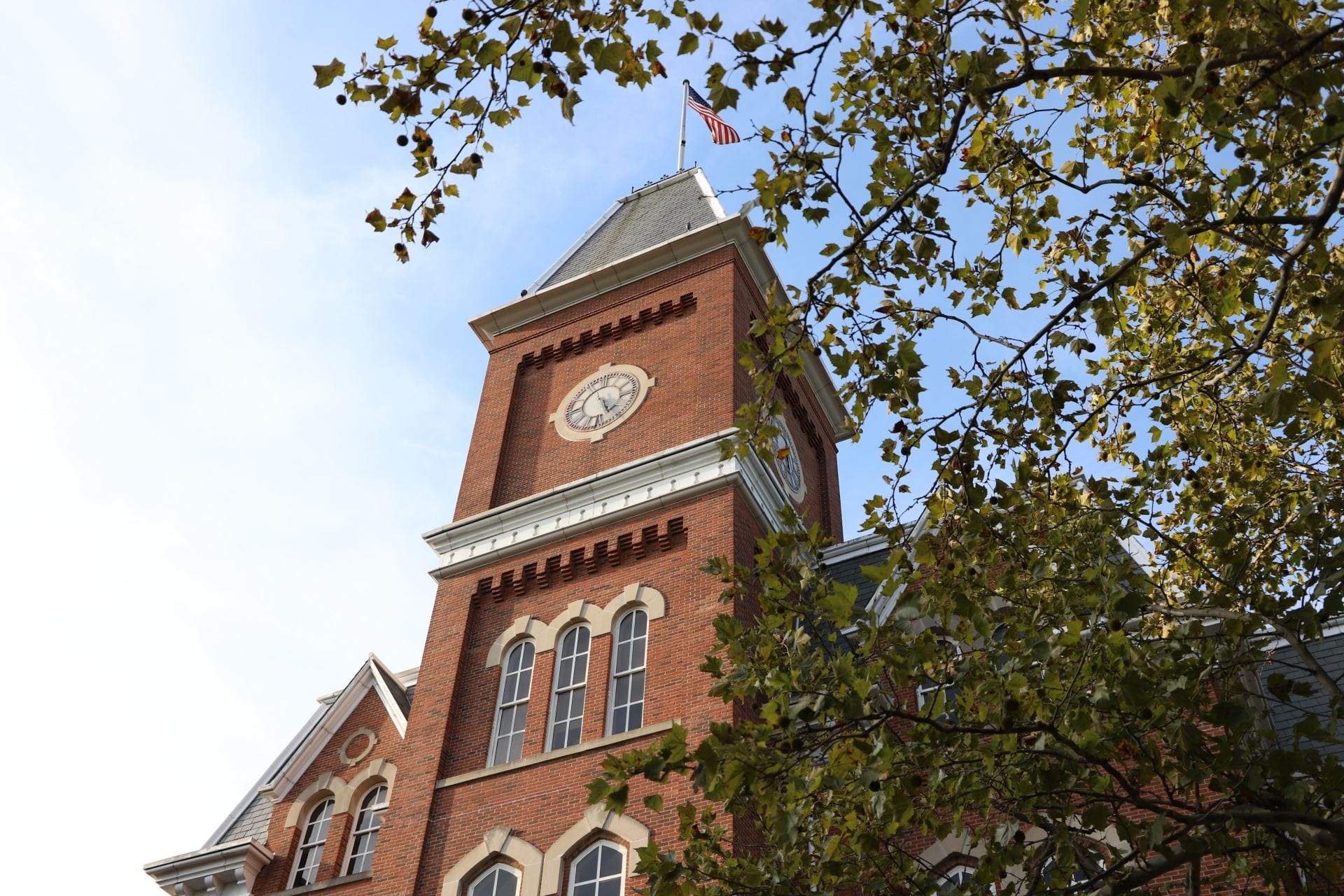The cat research controversy has been featured in the news, as well as in a recent award-winning class: Animal Sciences 597, Issues Concerning the Use of Animals by Humans.
The Ohio State class, which examines animal welfare and its application in society, was recognized Nov. 4 by the Humane Society of the United States with the Animal and Society Course Award.
The award is given each fall to an undergraduate course that excels in quality, originality and overall excellence, said Lesley King, director of education and animal welfare with the HSUS. This year, there were 20 applications for the award, which is more than usual, and two were recognized.
“The thing that made Ohio State stand out to the judges was the quality of a course raising issues that are not usually used in animal science classes,” King said. “The structure of the course showed that the students were investigating the topics themselves through participation and building life skills.”
The class focuses on timely animal-welfare topics, from cat research to deer depopulation to hog crates, said David Zartman, professor of animal sciences and one of the class’s instructors.
The cat research controversy, for example, was addressed in class when students discussed whether scientists should be able to conduct research on cats, the nature of the protest at OSU and the expected outcome.
Students are encouraged to look at a topic and see what is there, not what they want to be there, Zartman said. They take that information, process it into an argument and learn to communicate their knowledge and discoveries to others.
“We try to condition students to be participants and not just onlookers,” Zartman said. “I want them to be activists and not passivists.”
Students in the class are encouraged to do research and get the full story before drawing conclusions, Zartman said. This also is the model used by the class’s instructors, who invite a variety of speakers with presentations from both sides of an issue.
The guest speakers are extremely important to the quality of material students hear, Zartman said. This quarter, speakers have ranged from OSU faculty to agency representatives to special interest group leaders.
Students learn to respect each other and the speakers, allowing for their opinions to be dissected, Zartman said. Some students are sensitive and it takes a while for them to learn to separate the issues from themselves, he said.
Overall, the students are responsive and become trusting enough to reveal their opinions in the presence of peers.
“The class has definitely changed my way of thinking and has allowed me to think more broadly,” said Monika Butke, a senior in criminology. “There are few classes where everyone’s opinion is valued.”
This class is one of the only ones that encourages students to think creatively, Butke said. Other professors tell students how to think outside the box, but in this class, Zartman follows up to make sure they are doing so.
The class usually consists of more than 100 students per quarter, with about 60 percent of the students being outside the College of Food, Agricultural, and Environmental Sciences, Zartman said. On average, about 10 percent of the students are animal sciences majors.
The mixture of students ranging from animal rights activists to livestock producers gives the class variety and makes for dynamic discussions, Zartman said.
Along with in-class discussions, students practice their debating skills when they are randomly assigned a stance on a topic for a panel debate. This usually forces students to look at an issue from a different standpoint and find new sources they might not usually consult, Zartman said.
The students write a letter each quarter concerning a controversial topic. This quarter the letters were written and sent to the director of Wildlife Services for Ohio, concerning the depopulation of deer in Wisconsin as a way to minimize chronic wasting disease.
“Our expectation is that we can influence the decisions of people in responsible positions,” Zartman said. “The students who participate experience what activism really means by submitting these letters, and it helps them take the first step.”
The HSUS looks for courses of high quality that can set the standard for other courses around the country, King said.
The award was based on several criteria, including the impact of the course on the study of animals for society, the amount of student commitment for the course, quality of topics covered, originality of approach, departmental support of the course and plans for the use of the award.
The $1,500 award will be used by Zartman and his fellow class instructor, Stephen Boyles, to attend a national convention of animal rights-welfare organizations to see first-hand the issues covered in their class.


